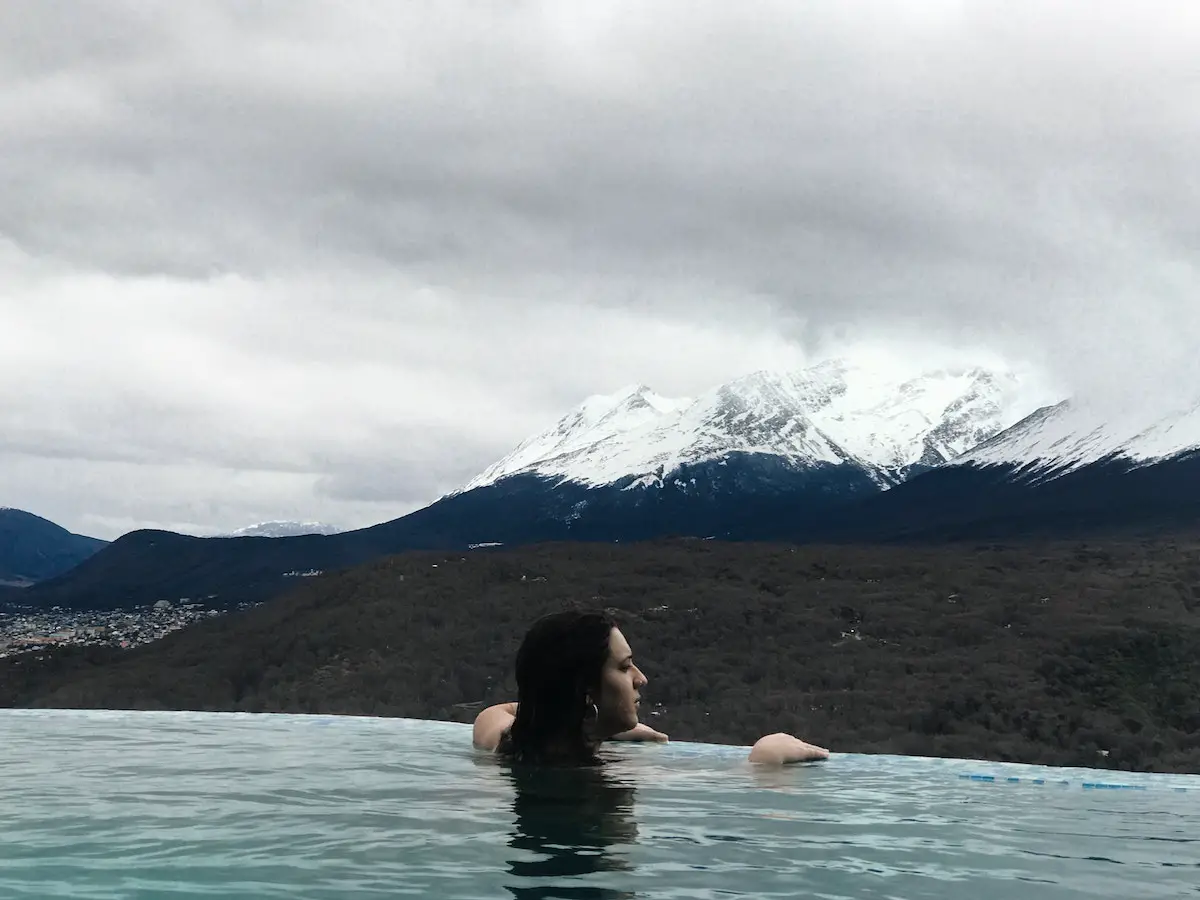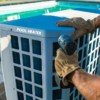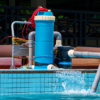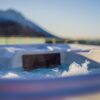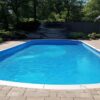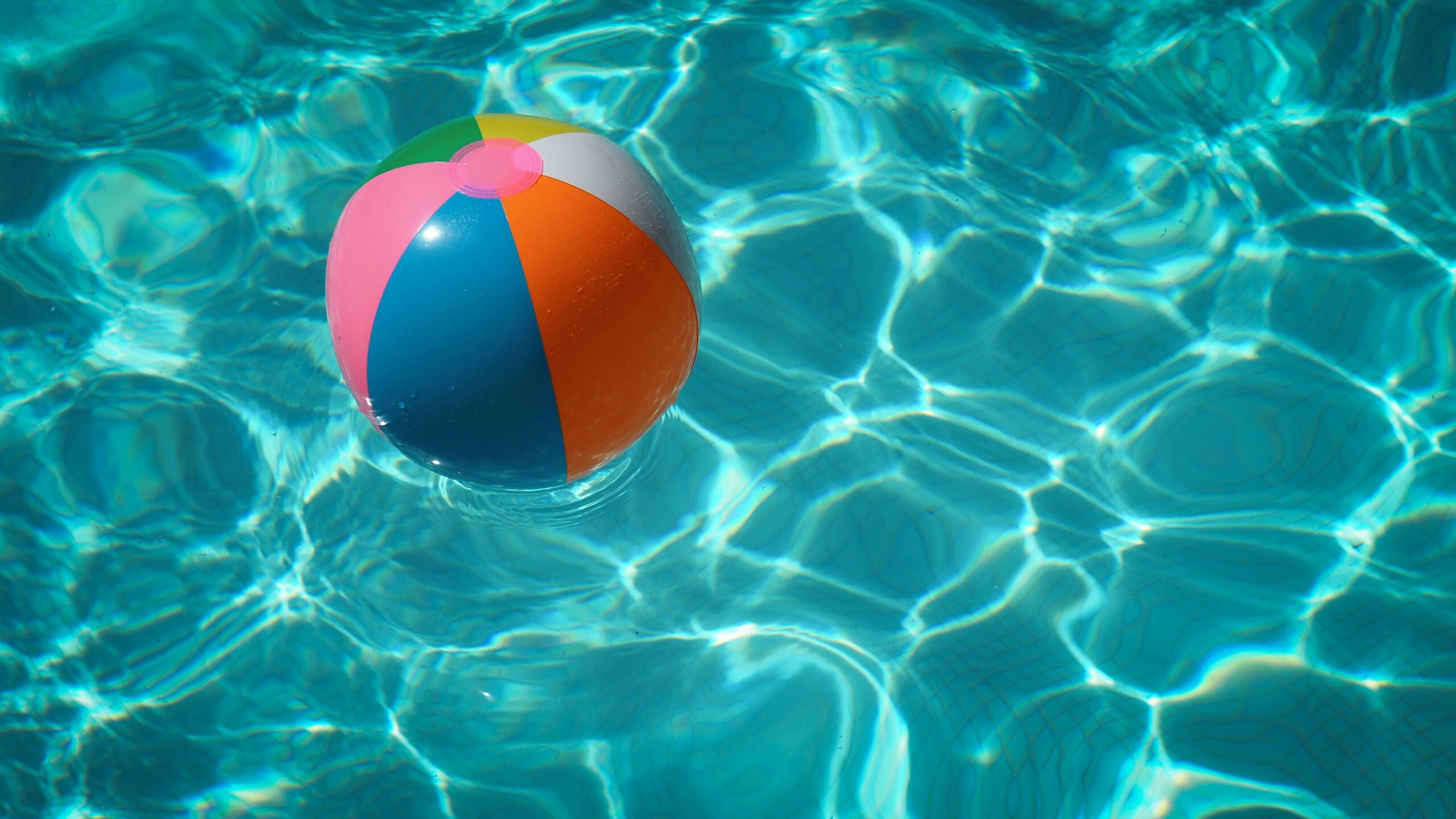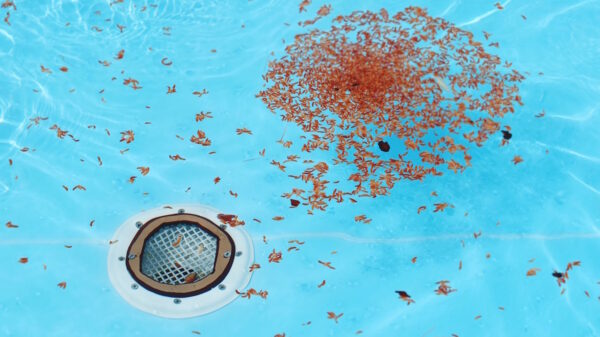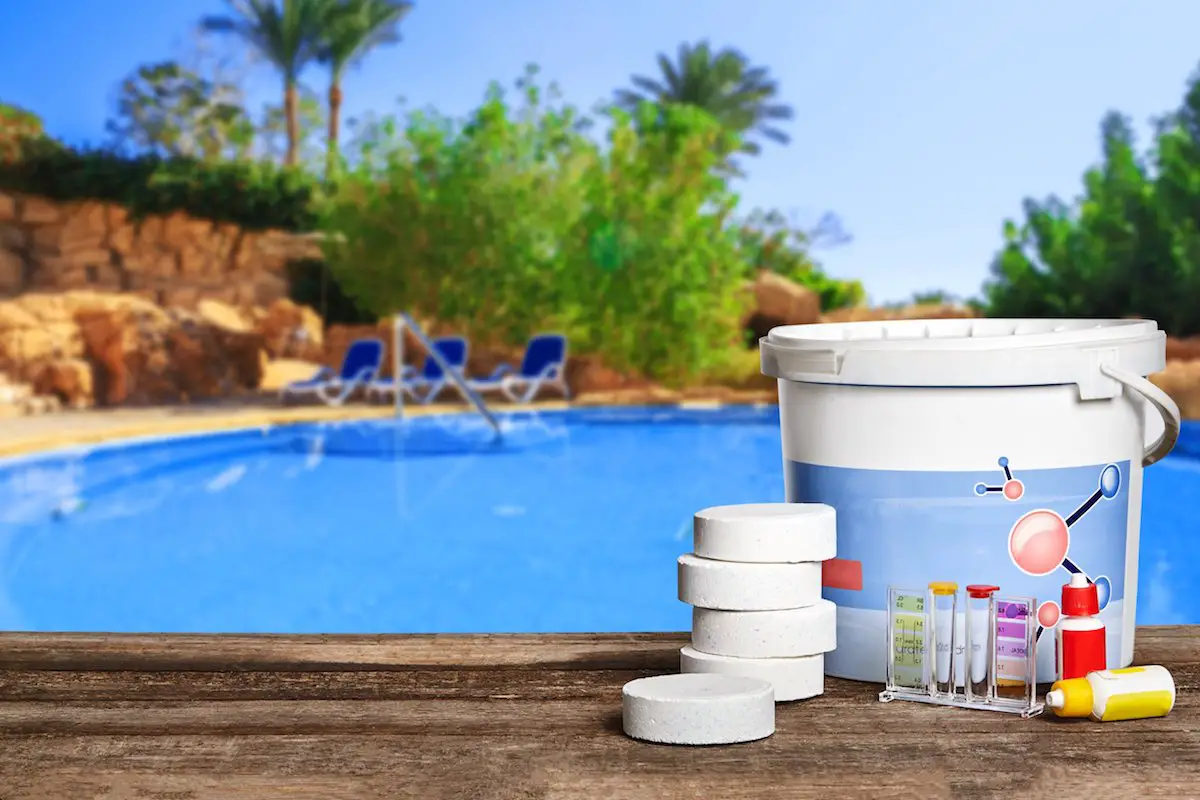When the swimming season comes to close, responsible pool owners turn their attention to the key task of winterizing their pools. This essential process, often seen as daunting by some, involves understanding pool chemistry, executing proper pool cleaning and covering, and careful winterization of pool equipment. In this ultimate DIY pool winterizing guide, we’ll delve into the specifics of every necessary pool chemical: chlorine, algaecide, and specialty chemicals, explaining how they contribute to maintaining a balanced pool chemistry throughout winter. Moreover, we’ll guide you through complete pool cleaning and proficient installation of pool covers, a pivotal step towards ensuring the pool’s protection from winter debris and freezing temperatures. Lastly, we’ll advise you on how to winterize key pool equipment, lest any damage should ensue due to harsh winter conditions.
Understanding Pool Chemistry
Essential Pool Winterizing Chemicals: At Winter’s Doorstep with Confidence
Deep down, we all know when the telltale nip is in the air, signaling the end of swimming days and the necessity to prepare our beloved backyard centerpiece for its winter slumber. Whether it’s a sparkly blue beauty or a serene naturalistic retreat, now’s the time to bow to the inevitable season change and give proper attention to the winterizing process. Fear not, for it’s relatively painless and the right collection of chemicals and a dash of elbow grease ensures a sparkling wake-up call come spring.
So, let’s walk through the first stage of our DIY pool winterizing guide which involves the kindest cocktail of essential chemicals to kick off the winterizing process without delay.
- Chlorine
First things first. Chlorine serves as the stalwart soldier in our winterizing brigade. Before covering the pool, it’s crucial to give it a hearty shock of chlorine. This super-chlorination kills bacteria, algae, and microorganisms, and halts their growth, ensuring a safer, sanitized retreat for pool closure. A chlorine level of 3.0 ppm (parts per million) is the recommended dose for winter.
- Algaecide
Clear the way for an algae-free winter with an application of algaecide. This chemical goes hard against remaining algae and inhibits its growth during the colder months. It forms a protective layer over the pool water, which blocks sunlight and keeps the environment unkind to any potential green invaders.
- pH Increasers and Reducers
It’s imperative to balance pool water before leaving it for winter downtime. A pH level between 7.2 and 7.6 is the happy sweet spot. Plus, it assists in keeping the pool liner/finish and equipment in tip-top shape. To increase pH use Sodium Carbonate, and for reducing it, there’s nothing like Sodium Bisulfate.
- Total Alkalinity Increaser
Maintaining the pool water’s total alkalinity (between 80 and 120 ppm) is another balancing act to tackle before winter hits. This ensures the pH stays balanced, and the water doesn’t corrode the pool surface or cause scaling. The key chemical for increasing total alkalinity is Sodium Bicarbonate.
- Calcium Hardness Increaser
A pool’s calcium hardness level should be between 200 and 400 ppm to prevent possible damage to the pool or the equipment. Low levels can erode pool surfaces, and high levels can lead to scaling. Calcium Chloride is the go-to chemical to increase calcium hardness.
- Metal Sequestrant
Pools containing high levels of metal ions risk staining and scaling. Applying a metal sequestrant keeps these ions in suspension, preventing potential damage. Sequestrants have different active ingredients depending on the types of metals, so an appropriate one should be selected based on the water’s characteristics.
- Oil and Scum Absorbing Sponge
Whipping out a floating absorbing sponge might seem eccentric, but it’s phenomenally useful. It’s not a chemical per se, but this handy device soaks up unwanted oils and scum during winter, which results in fairly pristine water once the cover comes off in the warm season.
Let’s not forget that applying these chemicals should always be underlined with some diligent cleaning, a decently fitted winter pool cover, and a well-installed safety barrier. And always remember, our trusty pool care comrade, patience, play a significant role in ensuring these chemicals have ample time to work their magic before our precious pool is hibernated for the winter. And now that you’re mastering this DIY pool winterizing guide, here’s to a warm welcome for pool days when they roll around again!
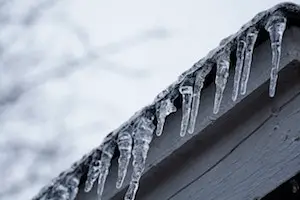
Proper Pool Cleaning and Covering
Winter-Proof Your Pool: DIY Pool Winterizing Guide
Winter is on its way, and just like every other season, it brings some pool maintenance demands with it. You’ve prepared your pool water chemistry perfectly, balancing the pH and alkalinity, using chlorination and algaecides, adjusting your calcium hardness, and even deploying metal sequestrants along with the versatile oil and scum-absorbing sponge. Now let’s forge ahead into the necessary jobs of cleaning and sheltering your pool to keep winter’s chill at bay and ensure a sparkling pool come summer’s salute.
For starters, before you cover your pool, everyone knows — or should — that it’s important to clear any accumulated debris. Whether it be leaves, twigs, or flowers from the ornamental touches around your pool, you’ll need to skim, brush, and vacuum meticulously. While skimming the surface catches floating debris, brushing will dislodge the stubborn grime attached to the pool’s walls and floor. The vacuum will then be the final sweep, kissing goodbye to any residual particles too small for eyeballing.
After cleaning, a fundamental step remains: lowering the water level. The consensus recommends reducing your pool level so it’s just below the skimmer. This will prevent the damaging freeze-thaw cycle that could cause harm to not only your skimmer but also your liner and pool walls. Remember, this step is absolutely crucial, and despite what you’ve heard, it’s honestly best not to drain your pool completely for winter.
Oh, let’s not forget your pool’s filtration system! This system – a pool’s circulatory powerhouse – needs its own winter prep. Cartridge and diatomaceous earth filters should be opened, cleaned, and appropriately stored for the winter. On the other hand, the sand in sand filters should be replaced after a backwash. All the equipment, like pumps, heaters, and chemical feeders, needs to be drained correctly to prevent freeze damage. Make sure to also disconnect and store away all hoses.
Now, to the final act of this DIY pool winterizing guide: covering! Safeguard your pool using a good-quality winter pool cover. You can choose either a solid cover or a mesh one. Solid covers keep out the elements and unwelcome guests, be they dirt, debris, or critters. Mesh covers are a bit more breathable, allowing rainwater to filter through while keeping out larger debris.
It’s essential to secure the cover tightly – a saggy cover is as good as no cover at all. Using a cover pump can help to remove pooled water from the top of the solid covers, and correctly installed winter cover clips will prevent the cover from billowing in the wind.
To finish off this DIY pool winterizing guide, give your pool one last look. Everything is secured, drained, and battened down, and your pool is prepared to hibernate during the winter months, fully prepped to rebound into all its glory once the snow melts and the temperatures rise. Good job, fellow pool enthusiast; your winterized pool thanks you!
Winter pool maintenance doesn’t have to be a drudgery. By following this DIY pool winterizing guide, your pride and joy will withstand the colder months, ready to emerge fresh and invigorated for summertime fun. So, when the first warm rays of spring roll in, the work is all done and the pool offers a flawless and inviting splash zone. Here’s to a trouble-free winter and an exciting swimming season ahead!
Winterizing Pool Equipment For Your DIY Pool Winterizing Guide
Safeguarding your Pool’s Equipment During Winter
A lushly enjoyed pool in the summer needs some love and care as winter rolls in. Besides the chemical balance of the water you’ve handled, let’s look into the mechanics that keep your pool a summer haven and see how to ensure it remains in optimal condition throughout the biting cold months.
Winterizing Cleanliness
In addition to the skimming, brushing, and vacuuming you have done, give your pool a thorough cleansing with pool-specific detergents whilst scrubbing the walls and floor. This prevents the build-up of bacteria and algae spores, which can proliferate in the warmer months and wreak havoc on your pool equipment.
Safeguarding the Filtration System
Before packing it away for winter, take time to backwash and clean the pool’s filter. After completely turning off the entire system, remove drain plugs and cartridges for safe storage. If your filter is sand or diatomaceous earth (DE) based, this is a great time to replace old with fresh media.
Optimizing the Water Level
After having lowered the water level, keep in mind it should be monitored and adjusted accordingly during the winter season too. Maintain 4-6 inches below the skimmer if using a solid cover, or 18-20 inches below if you possess a mesh cover. This step is vital to prevent equipment damage due to ice expansion.
Covering with Care
The winter pool cover you’ve chosen is the protective shield that guards your pool from various winter conditions. It’s not just about covering, but doing it right—ensure it’s securely tightened on all sides using water bags or similar devices, sans any form of sagging or billowing. Probably investing in a cover pump can be beneficial here to remove any accumulated water or snow on top of solid covers.
Equipment Storage
Ensure your pool’s equipment such as pumps, heaters, pool robots, and hoses are stored carefully away from the frosty conditions. Drain them of any water, for residual moisture can freeze and crack them. Keep the pool’s manual vacuum system, should it have one, in a dry and frost-safe place.
Year-End Check
Before retreating indoors, perform a final round of equipment checks. Inspect for any leakage and do touch tests to catch any unwarranted cracks. Fix them before they can deepen due to freezing and thawing in the winter months.
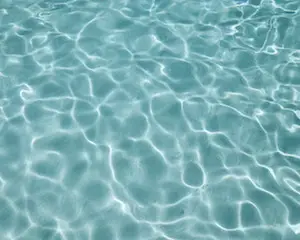
Conclusion
Even with meticulous winterizing, pools must be monitored throughout the winter, covering the water chemistry and equipment too. Regular checks can help detect and resolve issues early, making the transition smoother when summer arrives. Heed attention to these tips, and be ready for a frost-free, easier-to-maintain pool for the succeeding swimming season!
In summation, the steps towards successful winterization of your pool require a comprehensive understanding of pool chemistry, thorough cleaning and covering of the pool, and safe winterizing and storing of pool equipment. This knowledge empowers you to effectively navigate through the process, ensuring not only a well-preserved pool during winter, but also a smoother transition when you reopen it in the warmer months. After all, your pool is a cherished asset, its care and maintenance directly impacting the enjoyment it provides. So with this DIY pool winterizing guide, you’re well-equipping yourself to venture into the off-season, confident in the knowledge that you’ve done everything necessary to safeguard your pool until it’s time to dive back in again.

